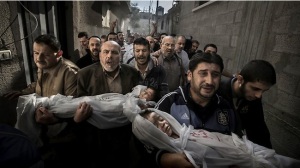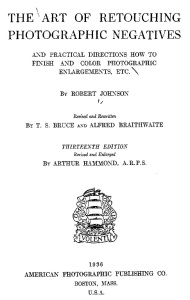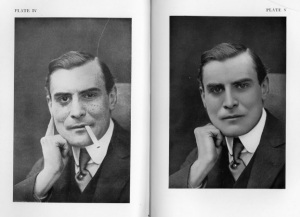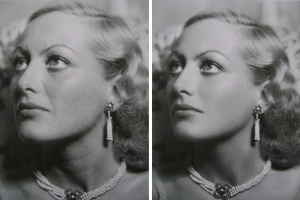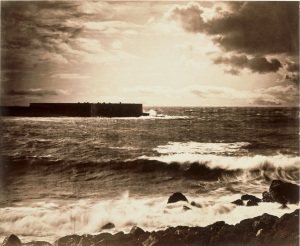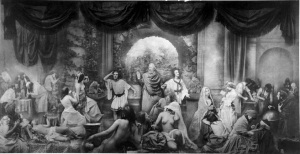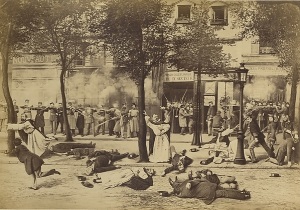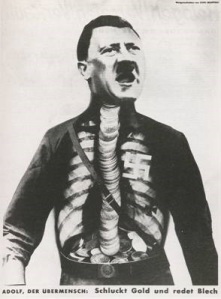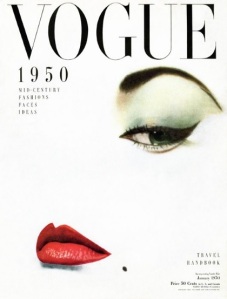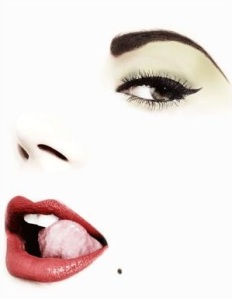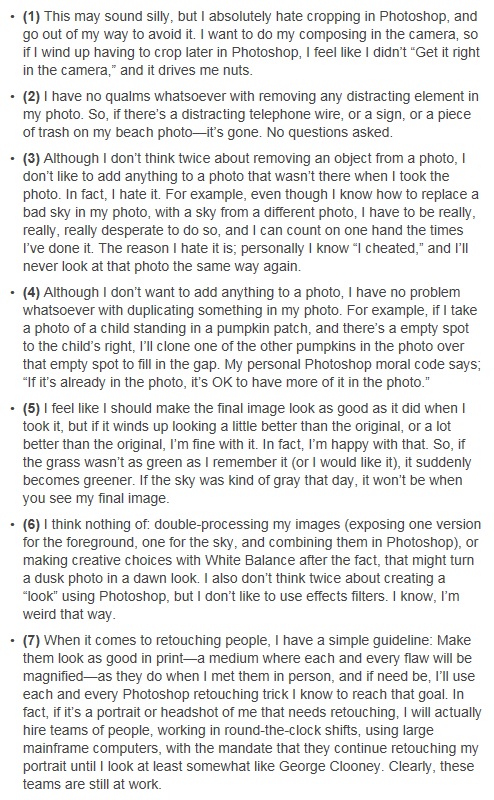In this part of the DPP course, the discerning student is encouraged to consider the morality and ethics of photographic manipulation.
Well, this is not a new subject that has just arisen from the use of digital cameras since they were first released. What has happened is that the ease, means and time taken to perform this manipulation is considerably more flexible, efficient and more accessible to the average person than previously was the case. Basically, it’s pretty easy to do using the photo-manipulation tools available these days; it’s just a question of time and motivation.
The term ‘Photoshop’ has become a de-facto term for all types of digital photographic manipulation, irrespective of the toolset use. Those marketing men at Adobe must love that! There are a couple of dictionary definitions for ‘Photoshop’ and ‘Photoshopped’ that I’ll throw in here to put things into perspective:
- Photoshop, transitive verb, “to alter (a digital image) with Photoshop software or other image-editing software especially in a way that distorts reality (as for deliberately deceptive purposes)” (Source: http://www.merriam-webster.com/dictionary/photoshop)
- Photoshopped, past participle of verb, past tense of verb (see Photoshop). Verb: -shops, -shopping, -shopped (transitive) “to alter (a digital photograph or other image), using an image editing application, esp. Adobe Photoshop” (Source: http://www.collinsdictionary.com/dictionary/english/photoshop#photoshop_1)
We must remember that image or photographic manipulation has been around since the very earliest days of photography way back in the 19th century; the lay-person probably just doesn’t realise it and to be honest, it’s only through study book reading for this degree course and attendance at exhibitions that I have begun to realise the extent of that manipulation.
Back to basics then, what is an unaltered/manipulated image? A generic definition could justifiably be “an image captured “in-camera” and unaltered such that the image is printed, or otherwise displayed, with no changes to exposure, contrast, sharpness or any other image attributes”. This applies equally to traditional film usage where the negative is not altered in any way, such as double or multiple exposures; and yes, I know that is a much focused definition.
Why do we want to manipulate photographic images in the first place?
- To make an image more pleasing to the viewer
- To clean up a poor negative or digital image (covers a multitude of areas)
- To change the context
- To create an artistic effect, for example, for advertising or propaganda
That being said, manipulation can also be extended to include simple and basic image cropping; deciding where the boundaries lie would appear to be very subjective and largely dependent on the intended recipients or viewers of the final images…
**
Image manipulation within journalism and news reporting is clearly a very sensitive subject, as members of the public have an expectation for news, and associated images, to be factual and accurate. During my research for this blog entry, I came across something from 2012, where an image that won the World Press Photo of the Year Award was subject to adverse criticism and claims of over manipulation; it was alleged that the final image was a composite of three images to “better illuminate the faces of the mourners to make the scene more dramatic”. The organizing body even arranged for two independent forensic imaging experts to analyse the image data – and even these analyses have been criticized.
“World Press Photo announced this morning it has asked two independent experts to “carry out a forensic investigation” of the winning image in its 2012 World Press Photo of the Year contest. The image, a shot by Swedish photographer Paul Hansen of a Palestinian funeral procession, has come under fire for being allegedly excessively enhanced via photography software.”
Digital photography experts confirm the integrity of Paul Hansen’s image files: http://www.worldpressphoto.org/news/digital-photography-experts-confirm-integrity-paul-hansen-image-files
Hansen defended his image in an interview with news.com.au that the “photograph is certainly not a composite or a fake….I have never had a photograph more thoroughly examined, by four experts and different photo-juries all over the world”. He proceeded to say that that he was able to get the dramatic lighting on the mourners faces by developing the “raw file with a different density to use the natural light instead of dodging and burning. In effect to recreate what the eye sees and get a larger dynamic range….To put it simply, it’s the same file – developed over itself — the same thing you did with negatives when you scanned them.” (http://www.news.com.au/technology/photographer-says-his-2013-world-press-photo-of-the-year-is-not-a-fake/story-e6frfro0-1226642304141),
World Press Photo 2015 rules currently state that “The content of an image must not be altered. Only retouching that conforms to currently accepted standards in the industry is allowed. The jury is the ultimate arbiter of these standards.” https://submit.worldpressphoto.org/. There is still significant ambiguity and interpretation in these rules…
Further research took me to the National Geographic Society, a body well known for their photographic excellence and standards, and whilst I couldn’t (easy) find any policy of guidance for their in-house photographers or to free-lancers that they use, I did find some rules for competitions:
“Only minor burning, dodging and/or color correction is acceptable, as is cropping. High dynamic range images (HDR) and stitched panoramas are NOT acceptable. Any changes to the original Photograph not itemized here are unacceptable and will render the Photograph ineligible for a prize.” http://travel.nationalgeographic.com/travel/traveler-magazine/photo-contest/2014/rules/
Clearly “Photoshopping” is now generally viewed as a “deceptive technique” insomuch as it is not viewed as a neutral ‘change’ to an image and can bring about a lack of trust and questionable integrity.
From my perspective, it is a difficult one to comment on further, especially as esteemed subject-matter experts have contributed in a substantive manner. All I can say is that images used for journalistic purposes must have great integrity if we are to continue having any belief in them. Images for ‘artistic’ purposes are however, something completely different.
I missed the exhibition back in 2012-2103 at the Metropolitan Museum of Art (I wasn’t in town at the time!) http://www.metmuseum.org/exhibitions/listings/2012/faking-it sponsored by Adobe Systems. The ‘blurb’ below is repeated verbatim from the museum website – the underlining is mine however, to bring out the most pertinent points:
“The urge to modify camera images is as old as photography itself—only the methods have changed. Nearly every type of manipulation we now associate with digital photography was also part of the medium’s pre-digital repertoire: smoothing away wrinkles, slimming waistlines, adding people to a scene (or removing them)—even fabricating events that never took place.
This international loan exhibition traces the history of manipulated photography from the 1840s through the early 1990s, when the computer replaced manual techniques as the dominant means of doctoring photographs. Most of the two hundred pictures on view were altered after the negative was exposed—through photomontage, combination printing, overpainting, retouching, or, as is often the case, a blend of several processes. In every instance, the final image differs significantly from what stood before the camera at any given moment.
Whether modified in the service of art, politics, news, entertainment, or commerce, the pictures featured in the exhibition adopt the seamlessly realistic appearance of conventional photographs. They aim to convince the eye, even if the mind rebels at the scenarios they conjure, such as a woman bathing in a glass of champagne or a man brandishing his own severed head.
Over the past two decades, digital technology has made us all more keenly aware of the malleability of the photographic image, and many lament a loss of faith in the testimony of the camera. What we have gained, however, is a fresh perspective on the history of the medium and its complex relationship to visual truth. Through today’s eyes, we can see that the old adage “the camera never lies” has always been photography’s supreme fiction.”
**
Just to reinforce the position that photographic manipulation is a long standing practice, studying the book “The Art of Retouching Photographic Negatives and Practical Directions How to Finish and Color Photographic Enlargements, etc.” by Robert Johnson, 1936 just demonstrates to what lengths the discerning manipulator would go to at that time.
The Art of Retouching (1936) https://archive.org/details/artofretouchingp002528mbp. The example images below appear as Plate 5 in the book. Where did that finger go?
A good example of the power of retouching, this portrait of Joan Crawford was one of many celebrity images captured by George Hurrell over the years. In the example below we see a ‘before’ and ‘after’ image:
‘Retouching’ extended well beyond adjusting the light and contrast during the printing process. Negatives were often painted with lead paint, use of pencils, knives, pricking certain areas of negatives, etc., in addition to the countless hours spent working on the images in this very manual activity.
The only real difference is that photo manipulation is now a lot quicker using current tools than it was 80+ years ago!
I have also written previously about colour tinting in my blog here ->
https://nott249.wordpress.com/2014/11/21/dpp-reflections-18-colourisation-of-historical-imagery/
…and the ‘Dali Atomicus’, 1948, by Philippe Halsman and ‘The Gates of Goodbye’, 1917, Francis James Mortimer in my blog here -> https://nott249.wordpress.com/2015/01/11/dpp-reflections-22-drawn-by-light-rps-exhibitio/. Both images appeared in the Drawn to Light exhibition at the Science Museum and have had extensive image manipulation performed on them.
Other images that I have come across previously hanging in exhibitions includes work by Jean-Baptiste Gustave Le Gray (French, 1820-1884) and Oscar Gustave Rejlander (Swedish 1813–1875).
Le Gray’s technical innovations included combination printing, creating seascapes by using one negative for the water and one negative for the sky at a time where it was impossible to have at the same time the sky and the sea on a picture due to the too extreme luminosity range (pretty damned similar to DPP Exercise 22 – Alteration!).
http://www.vam.ac.uk/content/articles/s/gustave-le-grey-exhibition/
‘The Great Wave’ by Le Gray, 1857 is one of his most dramatic seascapes and was taken on the Mediterranean coast near Montpellier. At the horizon, the clouds are cropped where they meet the sea, marking the join between two separate negatives. The combination of two negatives allowed Le Gray to achieve tonal balance between sea and sky on the final print that modern day photographers would achieve through the use of graduated ND filters or in post-processing.
Rejlander undertook many experiments to perfect his photography, including combination printing from around 1853 onwards. In 1857 he made his best-known allegorical work, ‘The Two Ways of Life’, this being a seamlessly montaged combination print made of thirty-two different images over a period of about six weeks!!
On what is more a journalistic subject, or should that be political propaganda, Ernest Charles Eugène Appert (French, 1830-1891) faked a series of nine images, including execution scenes, from the Paris Commune insurrection where he attempted to emphasize the criminal brutality of the rebels.
Although based on real events, Appert hired stage actors for each scene in his studio then cut and pasted the figures onto suitable location backgrounds; Appert cynically pasted headshots of the commune’s key participants onto the bodies of the actors.
John Heartfield (German, 1891–1968) was a pioneer in the use of art as a political weapon. Some of his photomontages were designed to be critical of the Nazi and fascist movements. ‘Adolf, the Superman Swallows Gold and Spouts Junk’ used a montaged X-ray to expose gold coins in Fuehrer’s oesophagus leading to a pile in his stomach as he rants against Germany’s enemies.
Finally, something from the ‘fashion’ scene from the 1950’s where Erwin Blumenfeld (German, 1897–1969), captured Jean Patchett in a Vogue magazine cover image for January 1950 entitled “The Doe Eye”.
Using strong and harsh lighting, Blumenfeld erased all the features of Patchett’s face, leaving only the most minimal details – an eye, the mouth and a beauty spot. In an homage to this image (and six other iconic fashion images), the British contemporary photographer, Rankin, recreated the image using Heidi Klum sticking out her tongue in a rather sensual way!
There are many more such examples that could be called out showing how manipulation has been prevalent throughout the history of photography, but life is too short!
My final comments are something much lighter in context, but very appropriate in the context of this part of the DPP module. Scott Kelby is a well-known American photographer and ‘teacher’ using books, website and videos to get his messages across. Back in 2007, he was musing on his own personal ethical approach to photographic manipulations – and I repeat the list below (the full article can be found here -> http://scottkelby.com/2007/photoshop-editing-ethics/)
